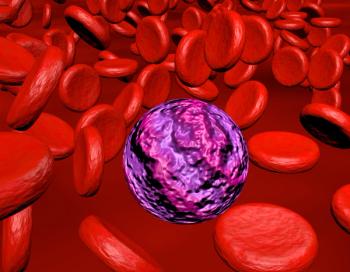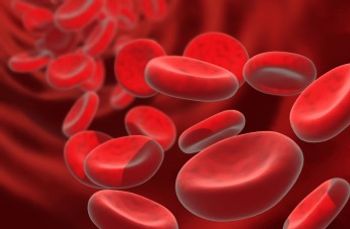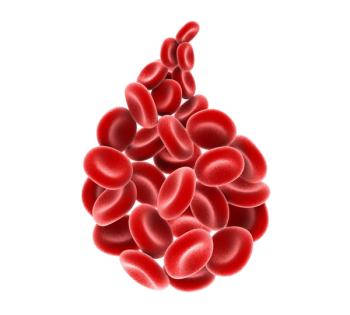
- ONCOLOGY Vol 16 No 9
- Volume 16
- Issue 9
Commonly Used Quality of Life and Symptom Measurement Scales
On the following pages are examples of commonly used scales for evaluating quality of life and symptoms associated with anemia in patients with cancer. Please note that some of the scales are copyrighted (and marked as such herein) and may not be reproduced in anyway without the express written consent of the copyright holders.
On the following pages are examples of commonly used scales for evaluating quality of life and symptoms associated with anemia in patients with cancer. Please note that some of the scales are copyrighted (and marked as such herein) and may not be reproduced in anyway without the express written consent of the copyright holders.
(Paul Jacobsen)
(Ellen Smets and colleagues)
(Charles Cleeland and colleagues)
(Barbara Piper and colleagues)
(David Cella)
(David Cella)
(Karen West)
(Johanna de Haes and colleagues)
(Carol Moinpour and colleagues)
(Carol Ferrans and Marjorie Powers)
(Anne Coscarelli and Richard Heinrich)
(Harvey Schipper abd Charles Olweny)
(Cary Presant and colleagues)
(Dianne Lindsay)
(Charles Cleeland)
(Larry Chambers)
(Judy Lewis)
Articles in this issue
over 23 years ago
The Molecular Basis of Cancer, 2nd Editionover 23 years ago
Management of Anemia in Patients With Cancerover 23 years ago
Iron and the Anemia of Chronic Diseaseover 23 years ago
Recombinant Human Erythropoietin in Cancer-Related Anemiaover 23 years ago
When Is it Justified to Treat Symptoms? Measuring Symptom Burdenover 23 years ago
Overcoming Barriers to Erythropoietic TherapyNewsletter
Stay up to date on recent advances in the multidisciplinary approach to cancer.


















































































